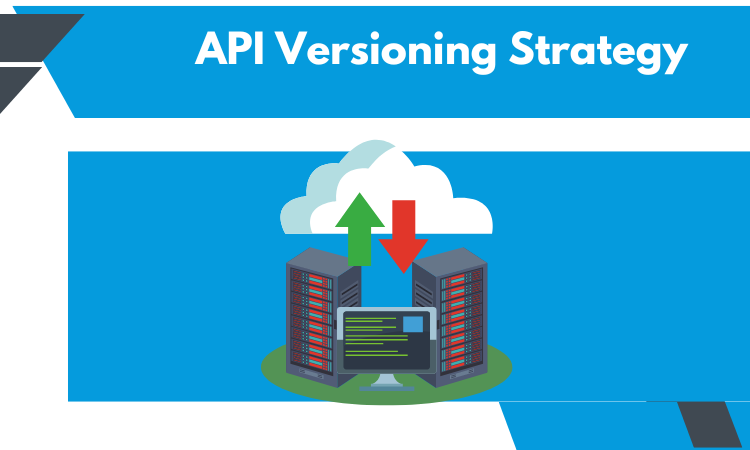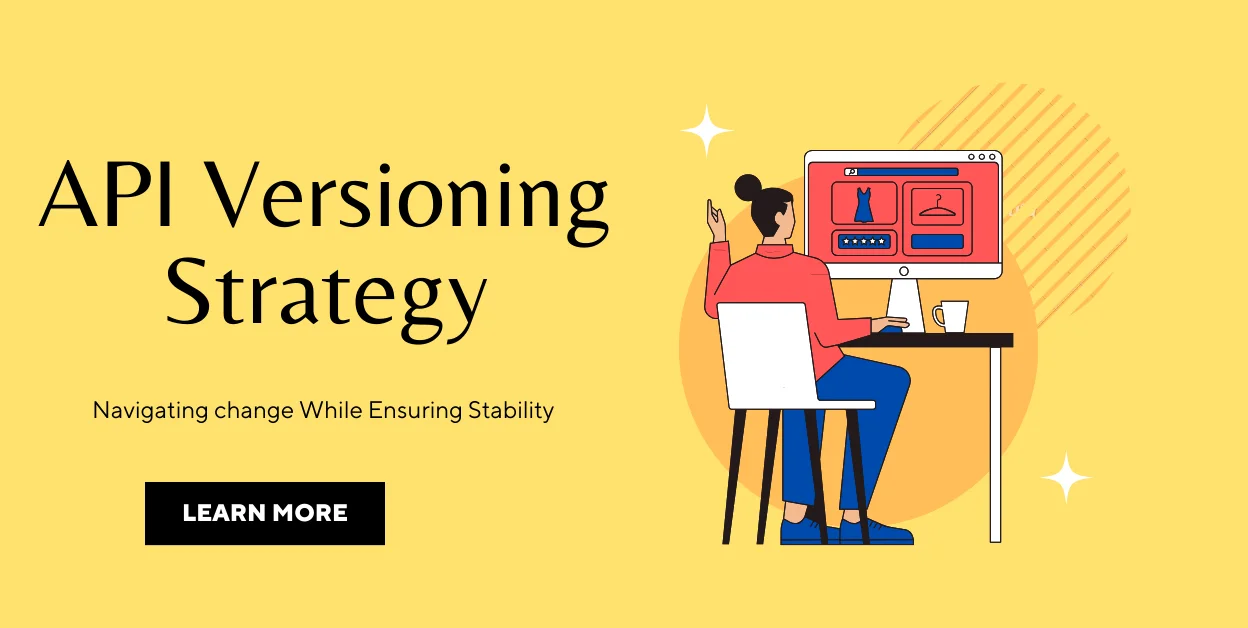In the dynamic world of APIs, evolution is inevitable. New features emerge, performance optimizations arise, and security landscapes shift. But how do you introduce these changes without breaking existing application integrations that rely on your API’s stability? The answer lies in implementing a well-defined API versioning strategy.
What is API Versioning Strategy?

At its core, API versioning strategy is managing different versions of your API concurrently, enabling a smooth transition when introducing backward-incompatible changes. It helps you strike a balance between innovation and maintaining support for established consumers.
Why is API Versioning Strategy Important?
Employing a sound versioning strategy offers several critical benefits:
| Minimizes Disruption | It safeguards existing integrations from breaking when you introduce new functionality or modify existing behaviors. |
| Facilitates Gradual Adoption | Communicating version changes effectively keeps developers informed and enables them to plan their migrations smoothly. |
| Supports Innovation | It liberates you to make groundbreaking changes without crippling compatibility with established integrations. |
| Enhances Developer Relations | Clear versioning demonstrates respect for developers’ time and effort, fostering trust and loyalty. |
| Improves Communication | Communicating version changes effectively keeps developers informed and enables them to plan their migrations smoothly. |
Common API Versioning Strategy
Four primary approaches dominate the API versioning landscape:
| URL Path Versioning | Embed the version number directly into the API endpoint URL (e.g., /api/v1/users). This method is straightforward but can clutter URLs and lead to version proliferation. |
| Query Parameter Versioning | Append the version number as a query parameter (e.g., /api/users?version=v2). This is flexible but may not align well with RESTful principles. |
| Custom Header Versioning | Transmit the version number in a custom HTTP header (e.g., X-API-Version: v3). This adheres to RESTful principles but requires explicit header inclusion by consumers. |
| Content Negotiation (Versioning by Media Type) | Specify version-specific media types in response headers and accept headers (e.g., Content-Type: application/vnd.api+json; version=v4). This is RESTful but can be complex to implement and utilize. |
Choosing the Right Strategy
The optimal approach depends on several factors:
- API Type (Public vs. Private): Public APIs might necessitate URL path or custom header versioning for clarity, while private APIs can be more flexible.
- Expected Frequency of Change: If frequent changes are anticipated, consider query parameters or header versioning for easier updates.
- RESTful Considerations: If strict adherence to RESTful principles is crucial, content negotiation or header versioning might be more suitable.
- Developer Community Preferences: Gauge your community’s existing tools and practices to ensure compatibility and smooth adoption.
API Automation Testing
API automation testing involves using automated tools or scripts to perform various tests on an API. These tests can cover various aspects, such as:
- Functionality: Verifying that the API endpoints behave as expected according to the documentation.
- Performance: Measuring response times, throughput, and scalability under different loads.
- Security: Identifying vulnerabilities and weaknesses in the API’s security posture.
- Compatibility: Ensuring compatibility with different clients and devices.
Popular API Automation Testing Tools
| Postman | A user-friendly tool for creating, running, and sharing API requests and tests. |
| SoapUI | Open-source platform for functional, security, and performance testing of RESTful and SOAP APIs. |
| Katalon Studio | Comprehensive tool for API, web, mobile, and desktop application testing. |
| Assertible | Cloud-based platform for API test automation with advanced assertion capabilities. |
| Rest Assured | Java-based library for writing reliable and maintainable API tests. |
Implementing a Successful API Automation Testing Strategy
- Start small and scale gradually: Begin with automating essential tests and gradually expand the scope as you gain experience.
- Invest in training and upskilling: Train your team on effective test automation practices and familiarize them with chosen tools.
- Collaborate with developers: Foster communication and collaboration between QA teams and developers for efficient identification and resolution of issues.
- Monitor and optimize: Continuously monitor test results and adapt your testing strategy to address evolving needs and challenges.
Frequently Asked Questions (FAQs)
API versioning is the practice of managing changes to an API while ensuring those changes don’t disrupt existing applications that rely on it. In essence, it allows you to introduce new features, fix bugs, or make other modifications without breaking existing functionality. This is crucial for maintaining a smooth user experience and developer adoption.
There are several scenarios where introducing a new API version is recommended:
Breaking changes: Any changes that require developers to modify their code to continue using the API, such as renaming endpoints, modifying data formats, or introducing mandatory parameters.
New features: When adding significant new functionalities that wouldn’t fit well with the existing API design.
Deprecation: To phase out older versions of the API gracefully, allowing developers ample time to migrate to the newer version.
Here are some key best practices to follow for a successful API versioning strategy:
Choose a clear and consistent versioning scheme.
Document your versioning policy clearly.
Provide a migration path for older versions.
Maintain backward compatibility for critical functionalities whenever possible.
Communicate changes effectively to developers using your API.
Consider using versioning tools and libraries to automate processes.
While beneficial, API versioning can introduce some challenges:
Increased complexity: Managing multiple versions requires additional effort for both API providers and developers.
Potential for confusion: Developers might struggle to keep track of which version to use.
Version proliferation: Uncontrolled versioning can lead to a cluttered and difficult-to-maintain API landscape.
Conclusion
By implementing a thoughtful API versioning strategy, you can navigate the evolution of your API while ensuring the continued success of your integrations and fostering a healthy relationship with your developer community.
Remember, versioning is a journey, not a destination. Adapt your strategy as your API and ecosystem evolve, always keeping both innovation and stability in mind.

